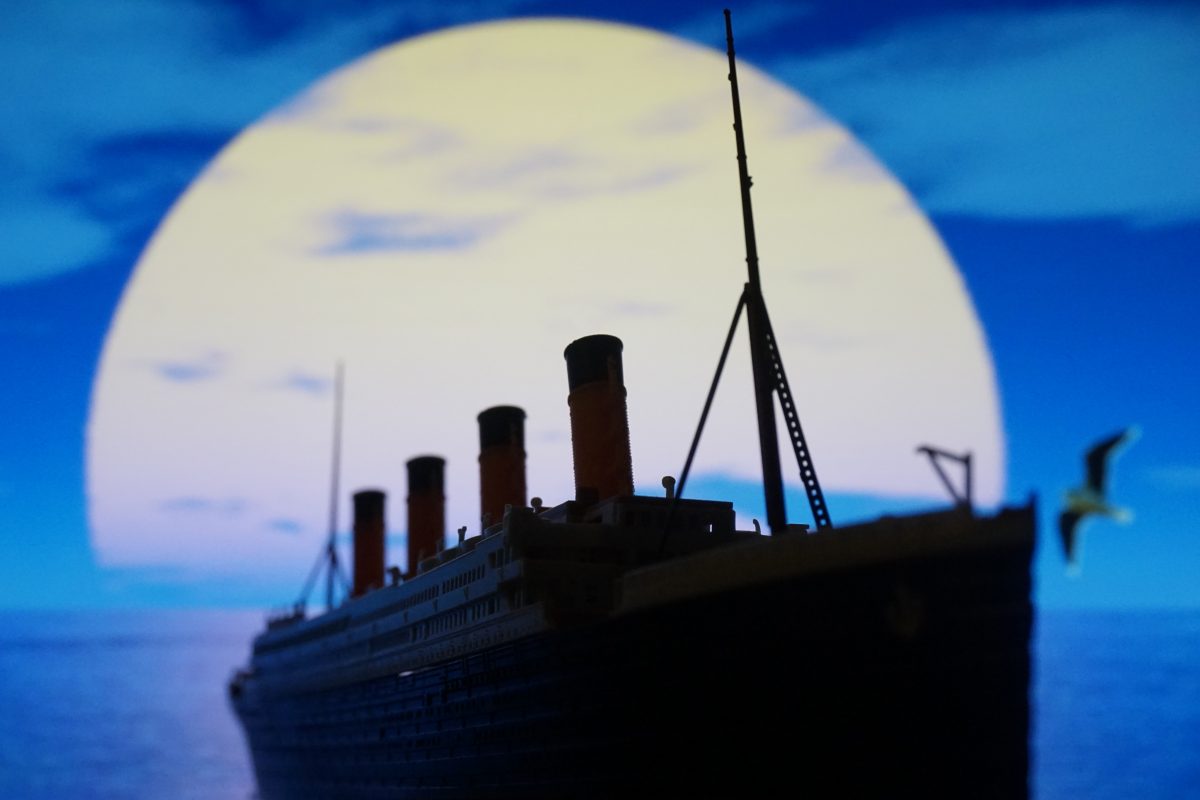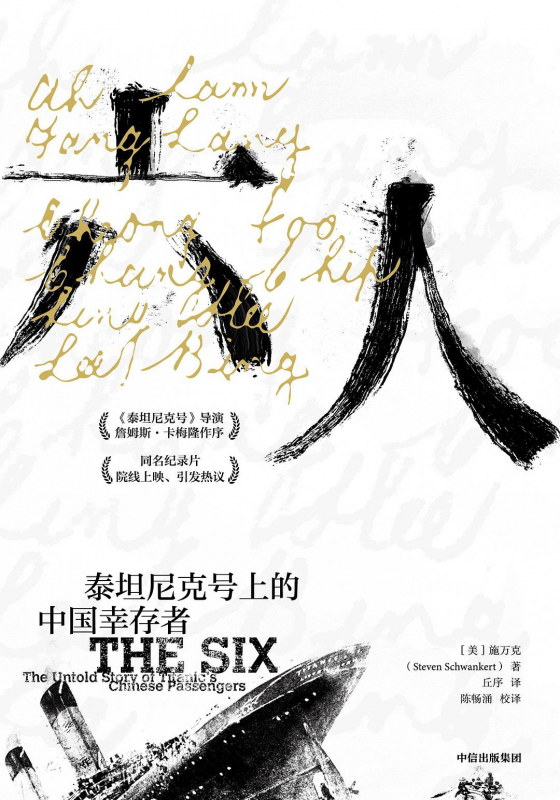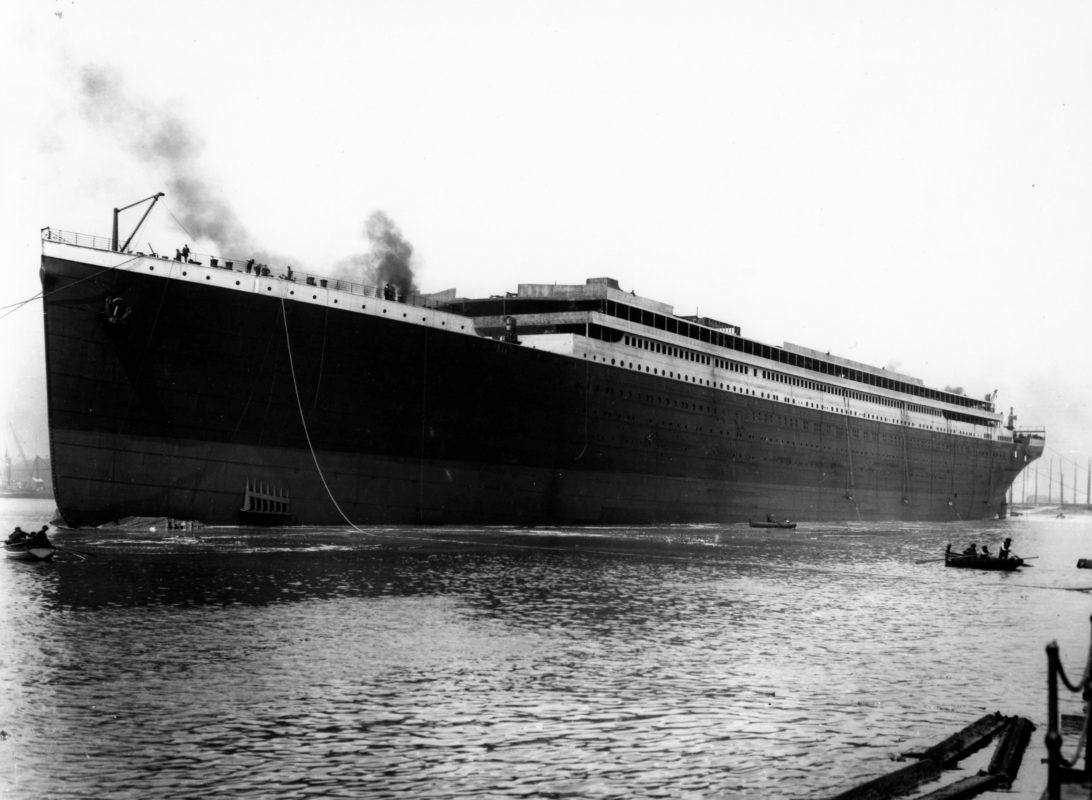
(Source: Pixabay)
The Titanic met its tragic fate at the hands of an iceberg 110 years ago. Since then, we have seen a myriad of books, films, and documentaries depicting survivors of this disaster, yet the history of six Chinese men had long remained hidden.
The book The Six The Untold Story of Titanic’s Chinese Passengers written by American maritime historian Steven Schwankert., was published in China early this year. It finally brings this ‘missing’ history back and shines a spotlight on the identities and lives of Chinese survivors.

When the seemingly unsinkable Titanic slipped below the waves on April 15, 1912, among the lifeboats carrying hundreds of passengers, only one escaped the sinking ship and turned back to search for potential survivors, the rest all fell into the frigid waters.
The most memorable and heartbreaking scene of the 1997 Titanic is perhaps the moment when Jack and Rose said goodbye on a “wooden plank” floating on the unforgiving, freezing waters. With a thorough investigation, Schwankert concludes the Chinese survivor Fang Lang was the prototype of Rose in the 1997 Titanic, as he was lashed to a floating piece of the Titanic when one of its few lifeboats spotted him. “It was the Fifth Officer of Titanic Lifeboat No. 14, Harold Lowe, who returned to the sinking Titanic for potential survivors. At that time, only four passengers including Fang Lang still had signs of life.
Many years after the rescue, Fang finally disclosed the experience of that tragic night in a letter to his hometown: ‘Sky high, ocean deep, waves roaring never-ending/ A stick that saved my life / A pair of eyes seeing brother-like strangers / Wiping tears with a joyful heart was all I did.'”
The Six Chinese escaped from the roaring sea, yet failed to escape from the anger and misunderstanding from the western media, reflecting how the west constructed the narrative of Chinese immigrants of that time. At one point, the six escaped by hiding under the seats of the lifeboat was the dominant view in western society, which the research team of Schwankert later proved wrong through his simulation experiment with a newly built, full-size lifeboat.

Titanic launched at Belfast (Source: The United States Library of Congress’s Prints and Photographs division)
“In that particular era, the Chinese was a largely marginalized race. Thus, the 6 out of 8 Chinese passengers who survived from shipwreck soon became the target of public criticism”, Schwankert commented. He added that the Titanic tragedy was so shocking that the media and public were eager to find a target to channel their anger, and unfortunately Chinese became the one. Though overall, those who made it into the lifeboats were criticized as shameless, regardless of their nationality.
110 years later, have the western narrative of Chinese immigrants ever changed? Schwankert is optimistic about the present situation, where in his perspective, the west is reflecting upon the history, reconstructing a new narrative system by actively incorporating the stories of various racial groups, especially those from ethnic minorities. And, the contribution of early Chinese labor workers and immigrants to American society is also under re-evaluation.

-533x400.jpg)
